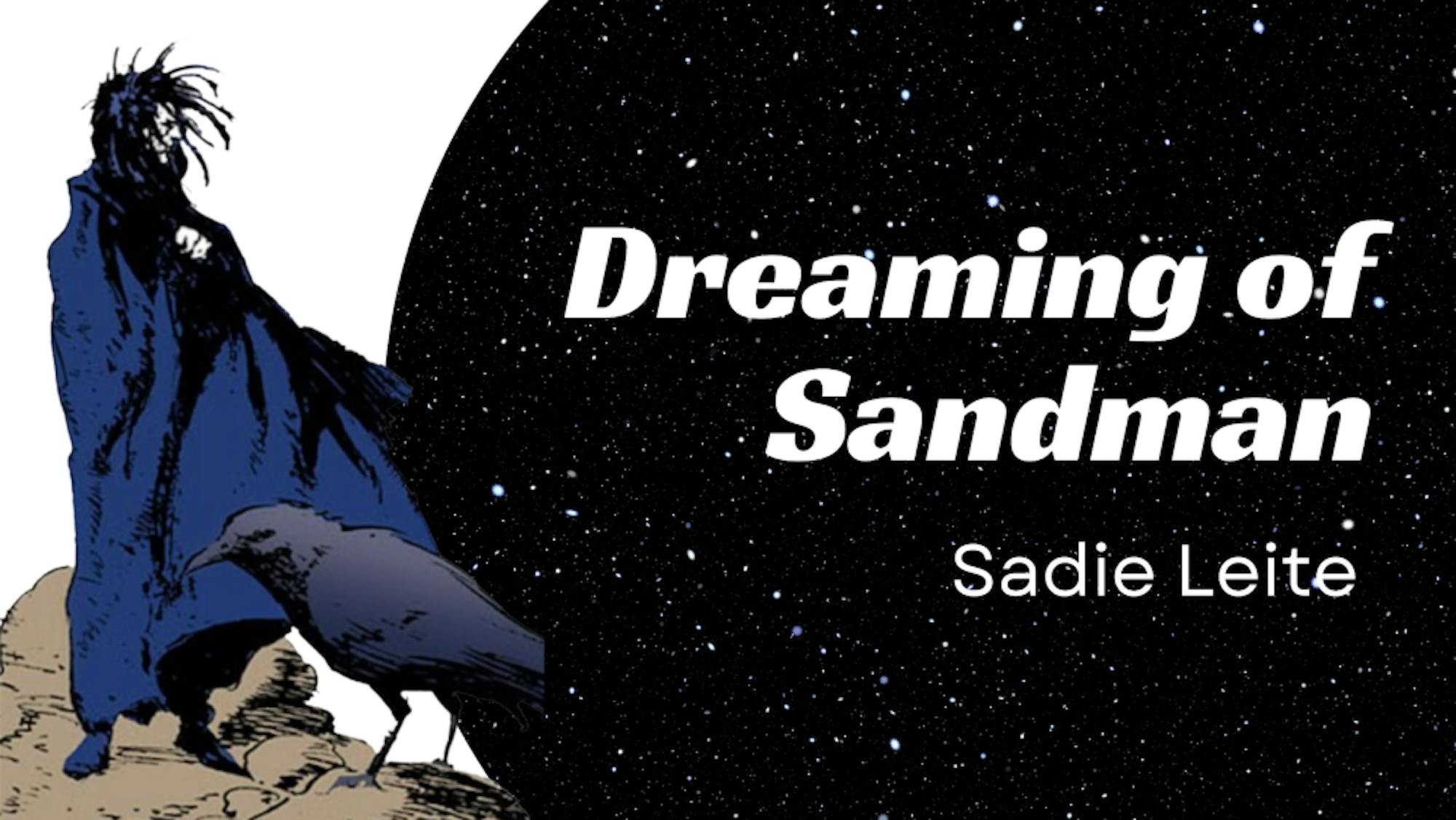It might be interesting to live forever.
Every other writer has done this. Every other great character is this.
“The only reason people die, is because everyone does it.” That’s Neil Gaiman’s take, or the assumption of one of his characters, a drunk Englishman Hob, sitting in a tavern next to Death herself in 1389.
“Men of Good Fortune” (1990), an issue in “The Sandman: The Doll’s House” (1989–90) is my favorite story in “The Sandman” series. It shows Gaiman’s storytelling genius openly; he twists the trope of immortality, adds literary allusions in background details for intelligent depth, sets up other storylines developed later and complicates Dream’s character, making him more intriguing. It deserves its own column, so let us begin.
Sandman is in the tavern too, in purple robes, his usual prickly disposition pushing at Death’s delight. “It might be interesting…?” he says to his older sister, referring to Hob. She indulges Dream — maybe it will help with his gloom. Since he does not wish to die, Dream tells Hob to meet him in the tavern in 100 years.
Meanwhile, tables back, a man tells Chaucer “filthy tales in rhyme about pilgrims" are no fun. Chaucer maintains that he will write about what he likes; Gaiman seems to like stories about time, gilded with literary references.
Jumping forward to 1489: “Chimneys is brilliant.” This is Hob's main takeaway from the past century. He’s settling down, working on a trade he believes is useless: printing. For him, seeing greater inventions than stone stacks taming fire is a great reason to continue wanting to live.
1589: In another literary reference, Marlowe tells a pathetic Will that his plays are bad, so Dream makes a deal with him and the Shakespeare-Sandman storyline launches. Which of Shakespeare’s plays will interest Dream?
Hob is now Sir Robert Gadlen –– he achieved everything and revels in “Good Fortune.” Printing paid off and he has a family. Is there a warning in Dream’s stare?
1689: “How hungry [can] a man get? If he doesn’t die?” With life’s ups come downs. Hob lost his family and money, but still wants to live. Life has more for him.
1789: Hob is up again, but without past ethics. He’s now a slaver. Dream, whose daily work involves the emotional agency of humanity, warns Hob he will regret this choice.
1889: Hob never wants to die. He learned from some mistakes but made more, “been up, and been down, and been up again,” watching others stay the same.
He’s also met other immortals, so he figured that not dying is not what interests Sandman.
He wonders whether Sandman needs a friend. Dream reacts terribly, leaving their tavern so irked at the accusation of loneliness, he resembles a pouting child.
1989: Despite — or maybe because of — their last interaction, Dream meets Hob and calls him a friend. Immortals may live longer, but they still feel the passage of time, a lack of connection. Perhaps harder than losing a mortal relationship with time is admitting a new one is needed. Honesty has great and timeless rewards.
We mark discouragement as a reason to stop. Gaiman, optimistically, says it’s the only reason to continue, because the highs will, and must, come.
Really, when you can continue meeting impactful others, life is exciting. Why choose Death? I say, challenge her.






